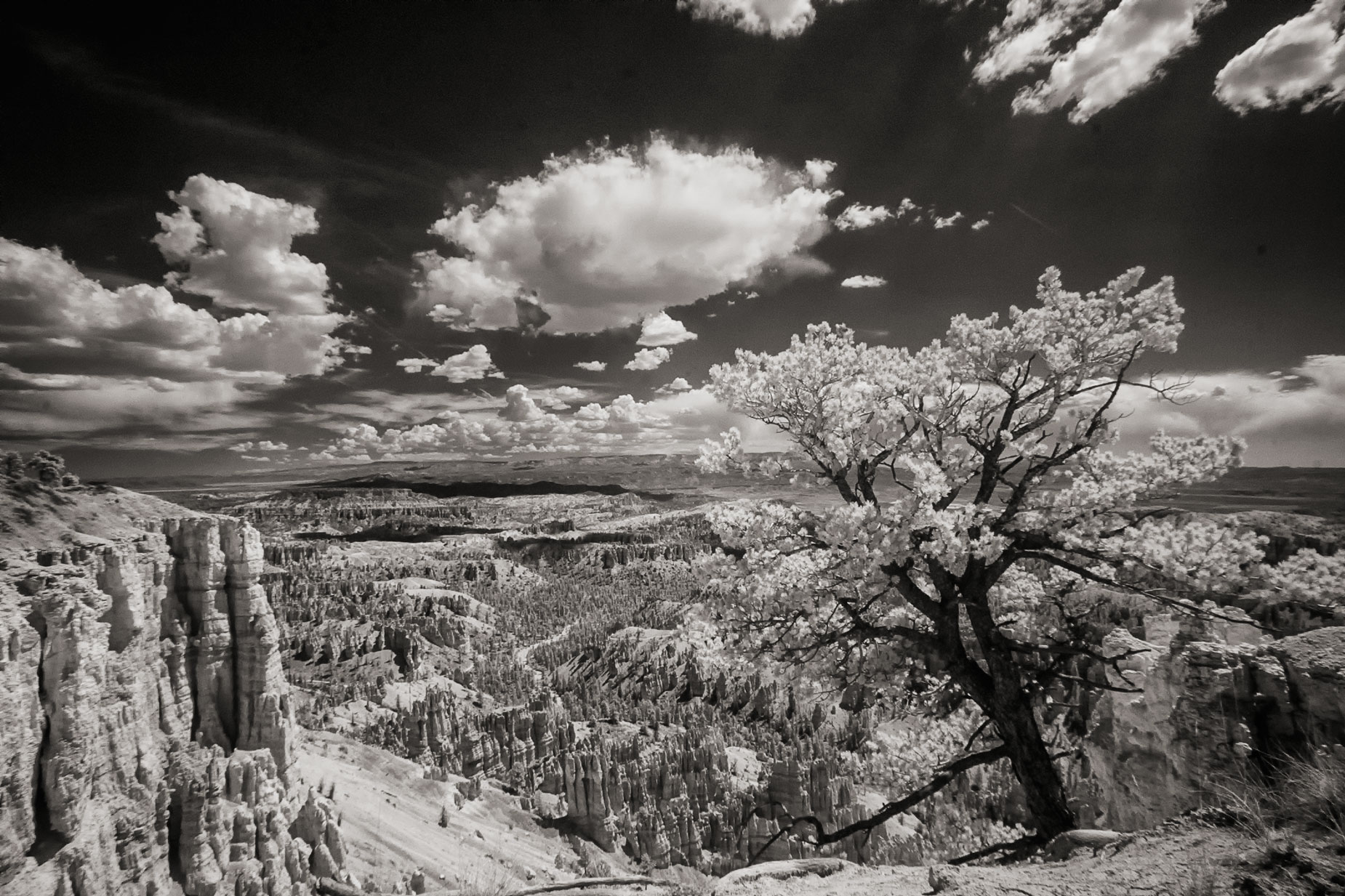Today’s Post by Joe Farace
Film Friday is on hiatus. As this post goes live, I’ve been told this unfortunate occurrence may be somewhat mitigated and Film Friday might restart and continue until the end of the year. You can help get us started sooner, by making a contribution via Patreon, where memberships start at $1.25, with other levels of support at $2.50 and $5.00 with special benefits. If you do, I’d like to thank you for your support. It is my fervent hope that in 2023 #FilmFriday will continue. Fingers crossed…
“To the complaint, ‘There are no people in these photographs,’ I respond, There are always two people: the photographer and the viewer.” ―
As most of you know by now, I’m not really a landscape photographer but when I do shoot landscapes I have my own way to approach this genre. You can read about what I consider the for most important aspects of capturing landscape images here. And if you’re wondering where this approach comes from, the post includes an anecdote about how I came up with this idea when I was a student at the Maryland Institute College of Art in Baltimore, Maryland.

How I made this photograph: Most of the landscape photography that I do these days is related to my interest in infrared photography and occasionally with film photography. But I especially enjoy the look that comes from digital infrared photography especially when making images line such as this one that was shot in Zion National Park. It was made using a Canon EOS 50D DSLR that had been converted to infrared capture by LifePixel using their Standard IR (720nm) filter. These days most of my infrared photography is made with either a Panasonic Lumix G5, Lumix G6 or Lumix GX1, all of which have been converted to infrared capture by Life Pixel using different kinds of filters, so each one of these camera produces different kinds of images.
Today’s featured image was made with the IR-converted Canon and Tamron’s 11-18mm f/4.5-5.6 Di-II LD Aspherical lens (at 18mm.) The RAW file exposure was 1/125 sec at f/16 and ISO 400 handheld, pointing out the major advantage of using a IR converted camera—no tripod is required. A plus one and one-third stop exposure compensation was used ro produce the exposure that you see here. The RAW image was processed in Silver Efex and then used platinum toning from Photo Kit 2 to achieve the final image that you see above.
Life Pixel does a great job with IR conversions and they have done most of the conversions for my Canon DSLRs and all of my Panasonic Lumix G-series cameras. This is not a paid or sponsored endorsement, just my experience.
My book, The Complete Guide to Digital Infrared Photography is available from Amazon with new copies available for $27.76 and used copies starting around six bucks, as I write this. Creative Digital Monochrome Effects has a chapter on IR photography and is available from Amazon with new copies for $8.45 and used copies selling for around $2, less than the price of a Starbucks latte.
